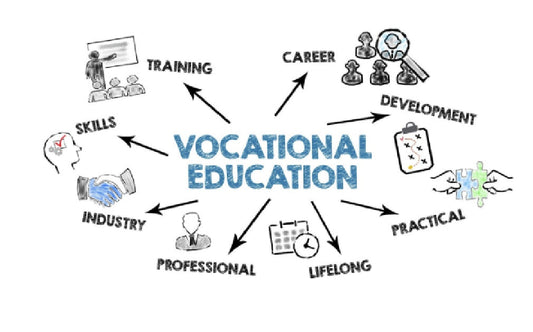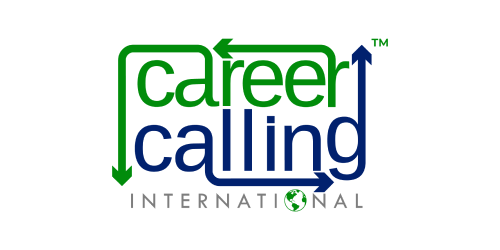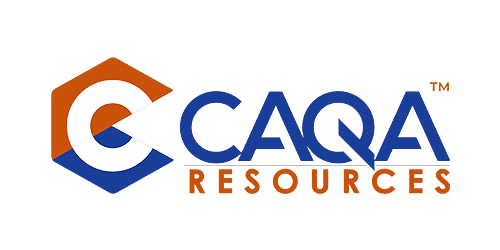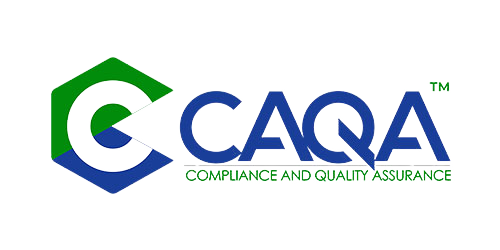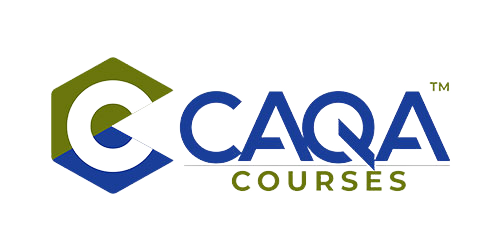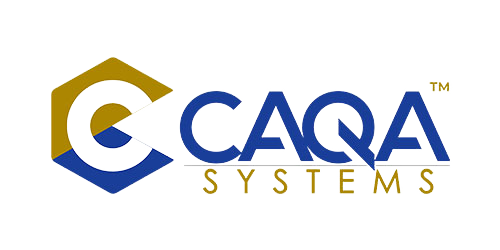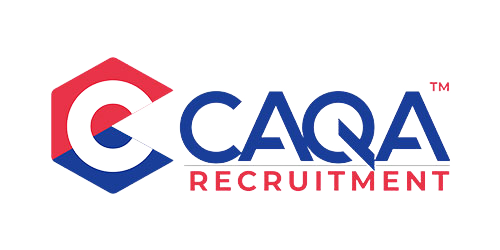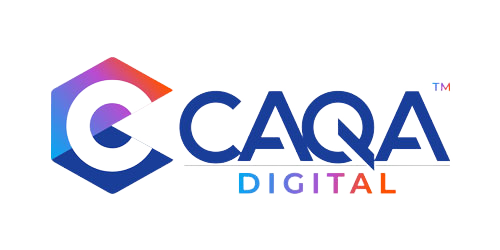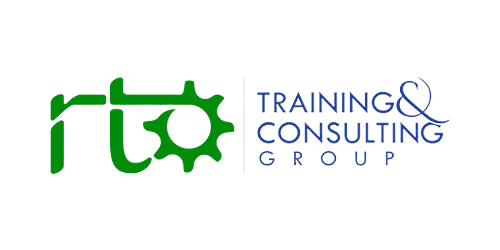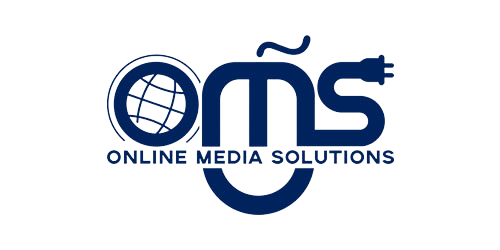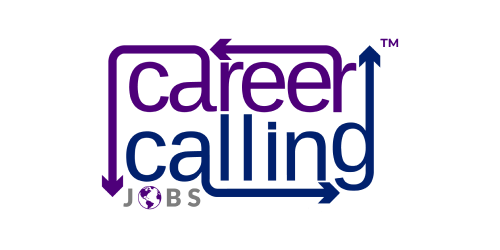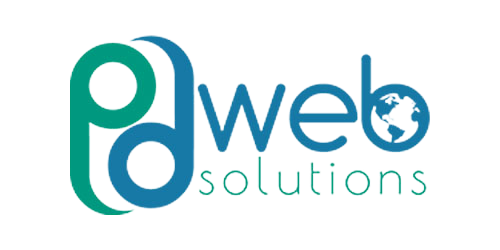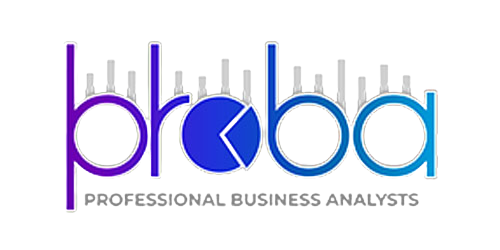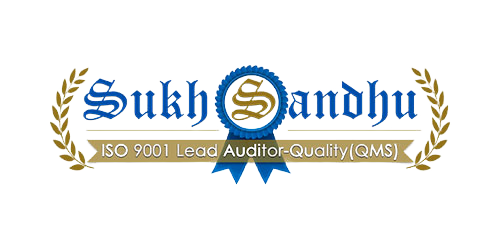Running a successful business is no small feat, and sometimes, despite best intentions, things can go terribly wrong. Here’s a detailed look at the decisions that can lead to the downfall of a business, along with ten additional lessons learned along the way.
1. Burning Cash Without Returns
One of the most fatal mistakes is uncontrolled spending without seeing proportional returns. Investing heavily in marketing campaigns, high-end office spaces, and non-essential perks can drain the company’s resources. It’s crucial to have a clear return on investment (ROI) strategy before allocating funds.
2. Hiring Frenzy
In an attempt to scale quickly, going on a hiring spree and bringing in too many employees too fast can lead to a bloated payroll, misaligned roles, and a dilution of the company culture. Careful and strategic hiring based on actual needs is vital.
3. Quality Compromise
To meet deadlines and cut costs, compromising on product quality results in dissatisfied customers, negative reviews, and a tarnished reputation. Maintaining high standards is essential for long-term success and customer loyalty.
4. Operational Chaos
Lack of streamlined processes and operational inefficiencies cause significant disruptions. Poor communication, unclear responsibilities, and insufficient planning lead to missed deadlines and costly errors. Efficient operations and clear workflows are the backbone of a successful business.
5. Market Misread
Misjudging market demand and trends leads to poor product-market fit. This mistake stems from inadequate market research and an overreliance on assumptions. Understanding and adapting to market needs is critical for business survival.
6. Ignoring Customer Feedback
Neglecting to listen to customers means missing out on valuable insights and opportunities for improvement. Regularly seeking and acting on customer feedback can guide product development and enhance customer satisfaction.
7. Overexpansion
Expanding too quickly into new markets and product lines without proper research and resources stretches capabilities thin. Controlled and well-researched expansion is necessary to ensure sustainable growth.
8. Poor Financial Management
Lack of proper financial oversight leads to budget overruns and cash flow issues. Keeping a close eye on finances and having a solid budget plan are essential for maintaining financial health.
9. Inadequate Risk Management
Failing to anticipate and mitigate risks, such as economic downturns and supply chain disruptions, can be detrimental. Having a robust risk management plan can help navigate unforeseen challenges.
10. Overconfidence
Overconfidence in products and strategies can lead to complacency and a lack of innovation. Staying humble and continuously seeking improvement is crucial for staying competitive.
11. Lack of Focus
Diversifying into too many areas dilutes core competencies and resources. Staying focused on core strengths and gradually expanding is a more sustainable strategy.
12. Ignoring Employee Morale
High employee turnover and low morale impact productivity and company culture. Valuing and investing in employees’ well-being and development can lead to a more motivated and loyal workforce.
13. Ineffective Leadership
Poor leadership decisions and a lack of vision create confusion and instability. Strong, visionary leadership is necessary to guide a company through challenges and inspire confidence.
14. Neglecting Competitive Analysis
Underestimating competitors and failing to differentiate products effectively can be detrimental. Regularly analysing competitors and finding unique value propositions is key to standing out in the market.
15. Technology Lag
Not keeping up with technological advancements puts a business at a disadvantage. Embracing and integrating new technologies can drive efficiency and innovation.
16. Poor Supplier Relationships
Strained relationships with suppliers lead to supply chain issues and increased costs. Building strong, reliable supplier relationships is important for operational stability.
17. Inadequate Training
Employees not given proper training and development opportunities lead to skill gaps and inefficiencies. Investing in employee training ensures a competent and capable workforce.
18. Failure to Pivot
Being slow to pivot and adapt to changing market conditions and customer needs can result in missed opportunities. Being agile and open to change is necessary for staying relevant and competitive.
19. Inconsistent Branding
Inconsistent branding and messaging confuse customers and weaken brand identity. Maintaining a consistent and strong brand presence helps build trust and recognition.
20. Underestimating Marketing
Underestimating the power of effective marketing and failing to build a strong brand presence can hinder growth. Strategic marketing is essential for attracting and retaining customers.
The failure of a business can be a harsh but invaluable learning experience. By understanding and acknowledging these mistakes, entrepreneurs can avoid similar pitfalls. Success in business requires strategic planning, adaptability, and a commitment to continuous improvement.





